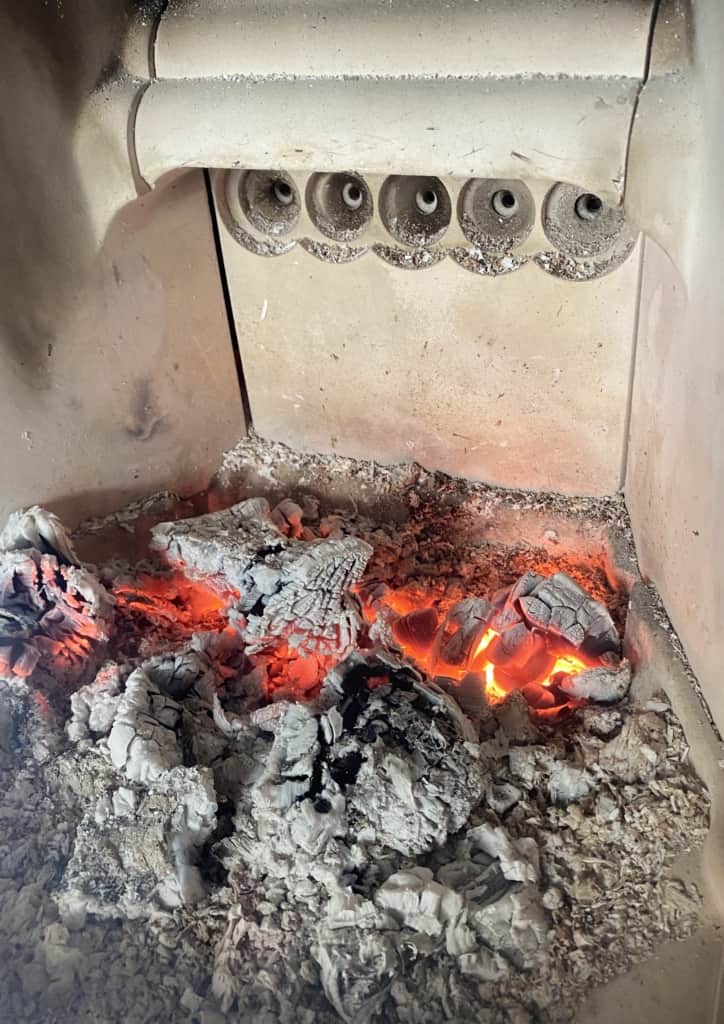It’s almost June!
The best of the summer is still ahead of us. Now is a great time to put your stove into shutdown until autumn. The benefits of shutting down your stove in Spring have a number of benefits. As wonderful as stoves are, there does come a time in the year when they are no longer needed. A well-deserved rest is due.

Preparing for the shutdown:
1. Clean Your Stove – The months of use would have no doubt been showing on your stove by now. Take action! Cleaning your stove is satisfying and allows you to remove relatively fresh debris and dirt, which would otherwise sit there over the summer months. Here are a few tips for cleaning your stove:
a. Don’t clean a hot stove. Let it cool before commencing the cleaning.
b. Remove the baffle, grate, ashpan and firebricks before you start. Always carefully review your manual first to make sure that it’s OK to remove these parts and to get instructions on the safest way to take them off.
c. Vacuum any ash or debris from inside your stove.
d. Use a wire brush and scraper to remove any deposits.
e. Clean the firebricks. A gentle approach is best here, so use a soft brush if you can, and take your time.
f. Clean the glass on your stove. Although most stoves (all in the Charlton & Jenrick range) have an air wash system, there may inevitably be a little staining, which you may not initially be aware of. You can use a specialist stove glass cleaner, or newspaper dipped in vinegar to clean your glass. Never use an abrasive cloth or substance to clean the glass.
g. Re-fit the cleaned baffle, grate and firebricks inside your stove.
h. You can dispose of your ash in a suitable way, or if you wish, you can recycle it. Learn more about ash recycling here.
2. Get Your Chimney Swept – You should have your chimney swept on a regular basis during the months it’s in use. Before you shut it down for the summer, one final clean is highly recommended. By having one final clean before the summer, you can feel confident that there will not be any excessive tar or other deposits sat in your flue over the months of inactivity. When autumn comes, and you want to start using your fire again, you won’t be sweeping away months-old debris. Having your chimney swept on a regular basis and before final use can also help reduce acid corrosion.
3. Check For Rust – Spend some time looking for any rust which may be found in and around the stove. If you find any, taking action now will mean less work in the future. Use wire wool to firstly remove any loose parts, and remove as much of the rust as you can, then apply stove paint. This is very high-temperature paint designed specifically for stoves.
4. Check Your Stove Accessories – It’s not all just about your stove. Your various stove accessories also take a bit of bashing over the wood-burning season. They will last longer if they are looked after and cleaned.
5. Leave The Stove Door Ajar – Keeping the door very slightly open will allow a little airflow to the stove, which will help reduce moisture and the chances of rust forming.
By taking a few preventative measures will mean that come the autumn, your stove will only need a brief freshen-up.